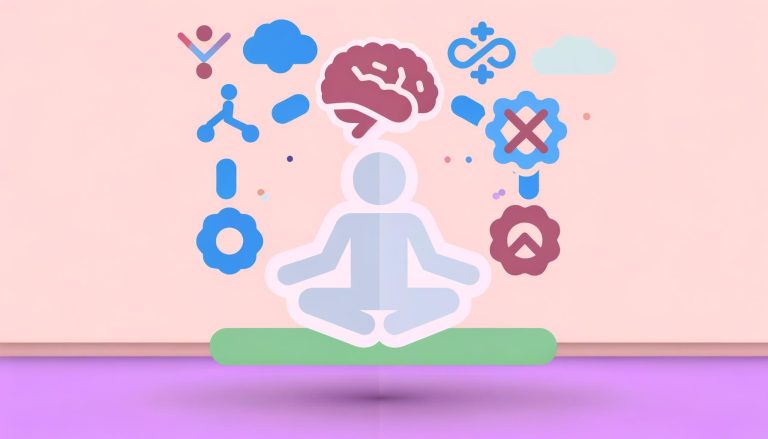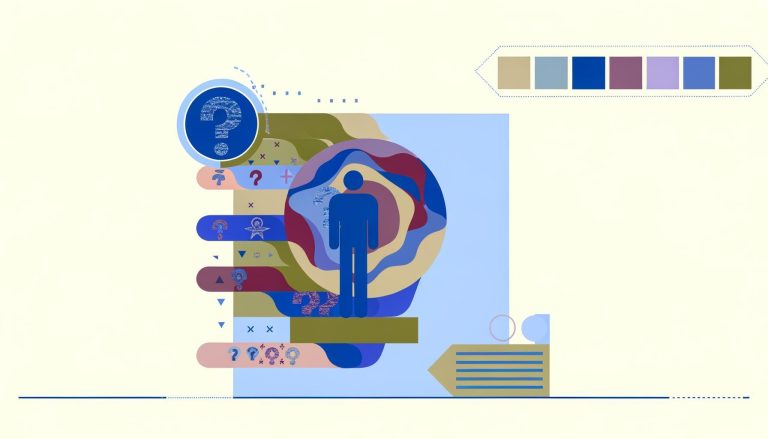Emotional burnout is a state of chronic stress that leads to physical and emotional exhaustion, cynicism, detachment, and feelings of ineffectiveness and lack of accomplishment. It often arises when people experience prolonged stress or are exposed to high demand situations without adequate support and recovery time. With the modern pace of life, recognizing and addressing emotional burnout is crucial for maintaining mental health and overall well-being.
Recognize the Symptoms of Emotional Burnout
Understanding the warning signs of emotional burnout is the first step towards addressing it. Here are some common symptoms:
- Physical Symptoms: Chronic fatigue, insomnia, headaches, and muscle pain.
- Emotional Symptoms: Feelings of failure, helplessness, detachment, and loss of motivation.
- Behavioral Symptoms: Withdrawal from responsibilities, isolation, procrastination, and increased use of alcohol or drugs.
Identifying the Causes
Several factors can contribute to emotional burnout. Recognizing these can help you address the root causes:
- Work-Related Stress: High workloads, lack of control over tasks, and insufficient rewards.
- Personal Life Stress: Relationship problems, financial strain, and caregiving responsibilities.
- Personality Traits: Perfectionism, pessimism, and the need for control can increase susceptibility to burnout.
Spotting the Early Warning Signs
Early identification of emotional burnout can prevent it from becoming overwhelming. Look for these early warning signs:
- Increasing irritability and mood swings
- Difficulty concentrating and forgetfulness
- Loss of interest in activities you once enjoyed
- Feeling overwhelmed and unable to cope
The Role of Self-Awareness
Practicing self-awareness helps you monitor your mental and emotional state. Regularly checking in with yourself, taking note of how you’re feeling physically, emotionally, and mentally, can provide early indicators of burnout.
Addressing Emotional Burnout
Once you recognize the signs of emotional burnout, taking action is crucial. Here are effective strategies to combat burnout:
Seek Professional Help
Consulting a mental health professional can provide you with the support and tools you need to manage burnout effectively. Therapy, counseling, and possibly medication can be beneficial.
Implement Self-Care Practices
Adopting self-care practices can help reduce stress and improve overall well-being:
- Engage in regular physical activity
- Maintain a healthy diet
- Ensure sufficient sleep
- Practice relaxation techniques such as meditation or yoga
- Spend time doing activities you enjoy
Set Boundaries
Establishing boundaries between work and personal life is essential. Learn to say no, delegate tasks, and make time for yourself.
Reevaluate Your Priorities
Consider what matters most to you and make adjustments accordingly. Align your activities and responsibilities with your core values and passions.
Seek Support
Building a support network of friends, family, and colleagues can provide emotional support and practical assistance. Don’t hesitate to reach out and share your feelings with trusted individuals.
Cognitive Behavioral Techniques
Cognitive-behavioral techniques (CBT) can help reframe negative thoughts and reduce stress. Practicing gratitude, journaling, and focusing on positive experiences can shift your mindset.
Benefits and Practical Tips for Prevention
Preventing emotional burnout is as important as addressing it when it occurs. Here are some benefits and practical tips:
Benefits of Preventive Measures
- Improved Mental Health: Reduced risk of anxiety and depression.
- Enhanced Productivity: Increased focus and efficiency at work.
- Better Relationships: Improved communication and reduced conflict with others.
Practical Tips for Prevention
- Regular Breaks: Take regular breaks during work to rest and recharge.
- Mindfulness Practices: Engage in mindfulness and meditation to manage stress.
- Healthy Work Environment: Create a positive work environment with proper ergonomics and natural lighting.
- Time Management: Prioritize tasks and manage your time effectively to avoid feeling overwhelmed.
Incorporating these practices into your daily routine can help maintain balance and prevent the cycle of burnout from recurring.
Conclusion
Emotional burnout is a serious issue that affects countless individuals. By recognizing its symptoms, understanding its causes, and implementing effective strategies to address it, you can regain control over your well-being. Remember, seeking professional help and adopting self-care practices are essential steps towards recovery. Preventive measures can further ensure long-term mental health and resilience.
For further reading and expert advice, please refer to the following sources:
Sources:


